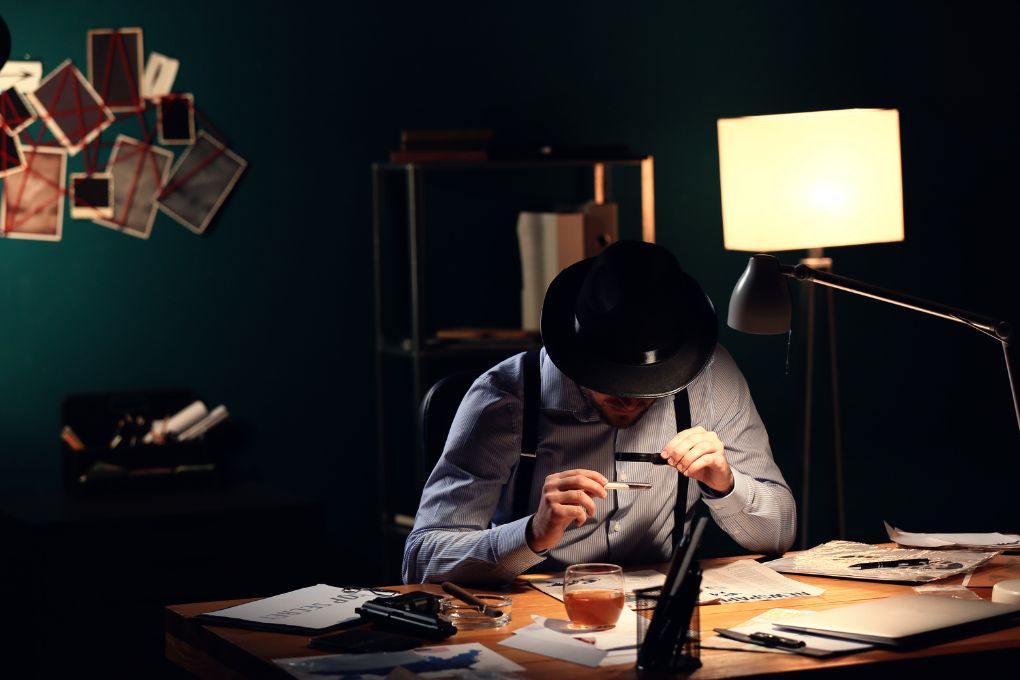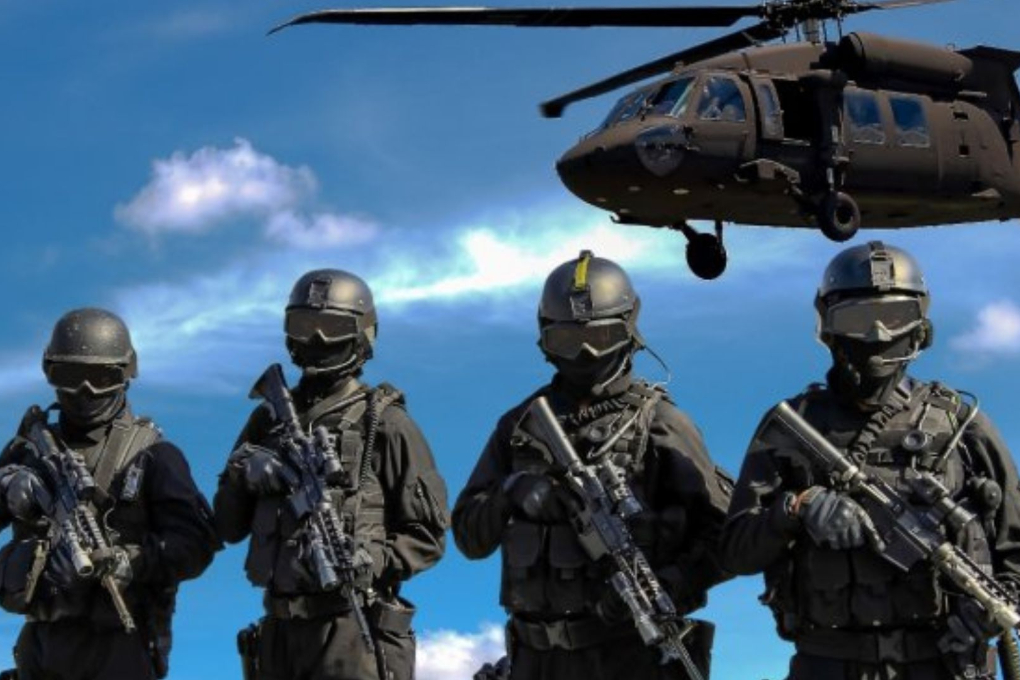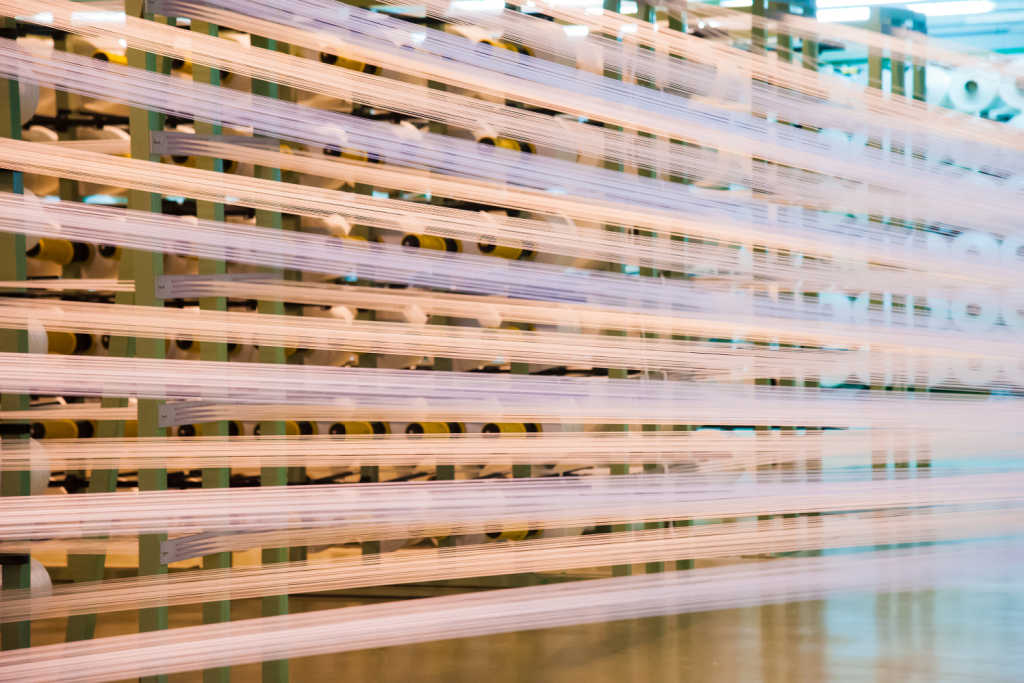In today’s world, videos from police body cameras, CCTV, and mobile phones often play a big part in criminal trials. But just because a video exists doesn’t mean it will always be accepted as evidence in court. Judges have to be careful and follow strict rules before they decide whether a video can be used to prove someone’s guilt or innocence.
Is the Video Allowed by Law?
First, courts look at whether the video is even allowed under the law. For example, if someone confesses to a crime on camera while talking to the police, that video usually isn’t accepted as proof. Indian law protects people from being forced to confess, and both the Indian Evidence Act and the Constitution make it clear that no one should be pressured to speak against themselves in court.
Checking If the Video Is Real
Next, judges want to know if the video is real and hasn’t been changed. The person who brings the video to court must show a certificate that proves it’s a true and original recording. This certificate, required under Section 65B of the Indian Evidence Act, explains how the video was made and stored and helps the court trust that the footage hasn’t been edited or tampered with.

Chain of Custody
Another important step is checking the chain of custody. Courts need to know exactly who had the video and when, from the moment it was recorded until it arrived in the courtroom. If there are any gaps or confusion about who handled the video, the judge might decide not to use it as evidence.
Relevance and Privacy
Relevance is also key. The video must be directly connected to the case at hand. Courts also think about privacy. If the video was recorded secretly or without permission, especially in a private setting, it might not be accepted.
Video Conferencing and Courtroom Behavior
Sometimes, witnesses give evidence over video calls, especially if they can’t be in court in person. Courts have rules for these situations, too. For instance, if someone behaves badly during a video hearing, the judge can take action, as happened recently in the Bombay High Court.

Following the Right Procedures
Finally, courts insist that police and lawyers follow the right procedures when collecting and presenting video evidence. Even if a video seems very important, if the rules aren’t followed, judges may reject it. The Supreme Court has said that the more serious the crime, the more careful courts need to be with evidence.
In the end, courts treat police video evidence with great care. They make sure it’s legal, genuine, properly handled, and relevant before allowing it to be used in a case. These careful steps help protect people’s rights and make sure that justice is served.



